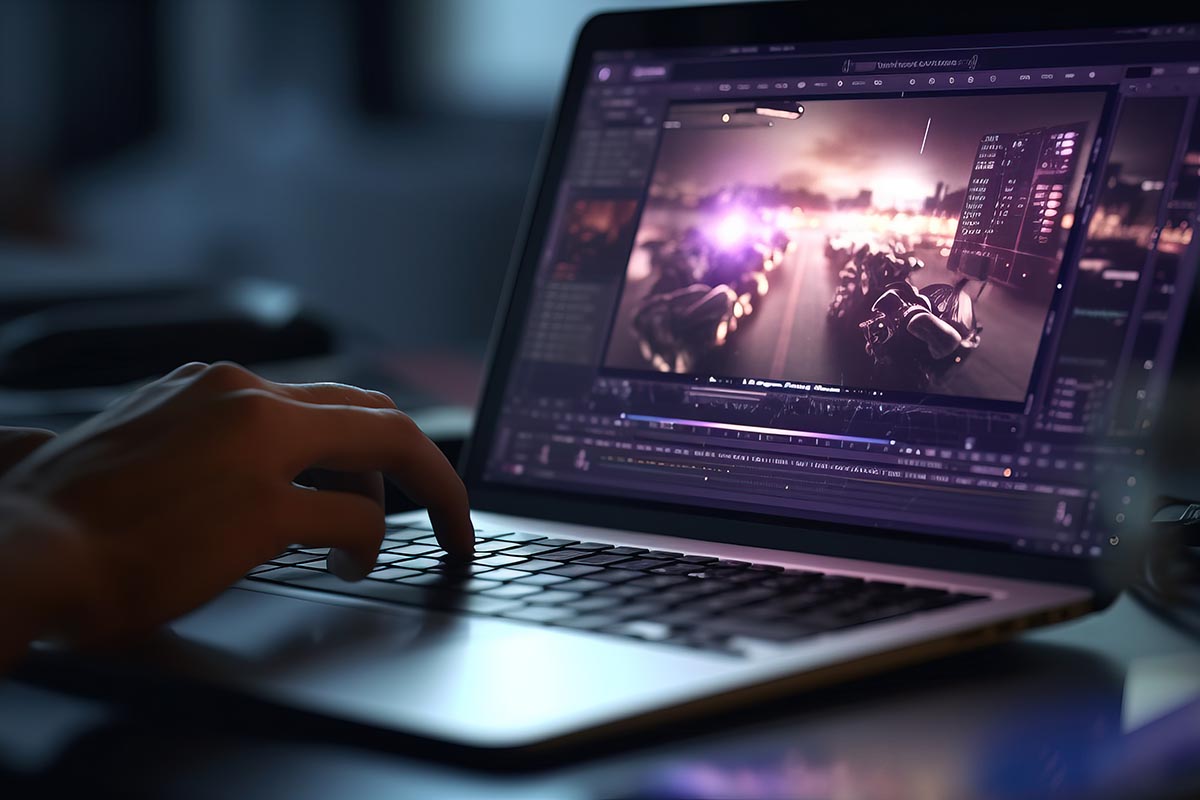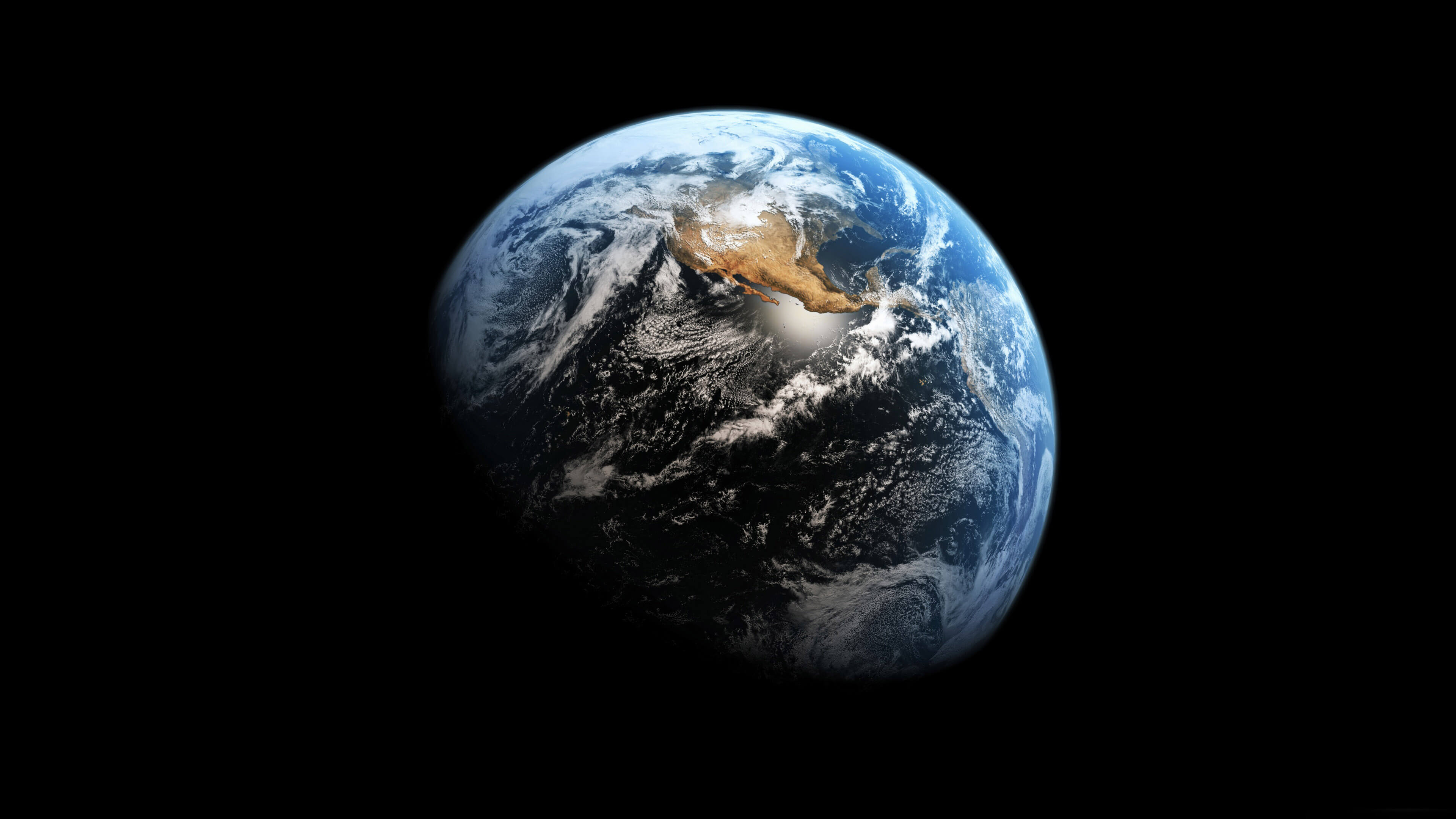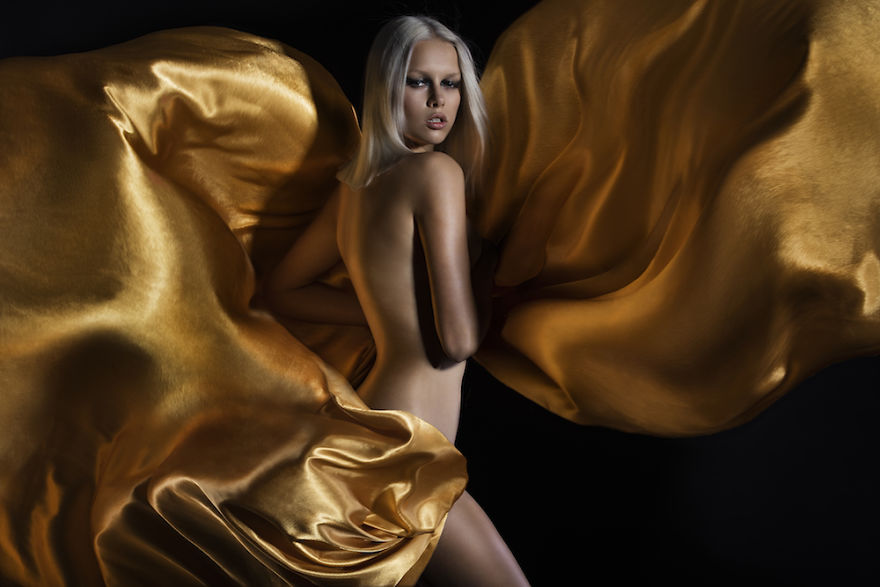Motion Graphics & Animation: What’s the Difference?
Motion graphics and animation are two powerful tools used in visual storytelling. We view them every day and often take them for granted. To the untrained eye, they may seem like interchangeable terms. However, understanding their differences can greatly benefit both creators and viewers. In this article, we’ll unravel the distinct characteristics of both motion graphics and animation.
Motion Graphics – The Basics
Motion graphics combine stunning visual elements with engaging motion to captivate the audience. At its core, this involves using text, shapes, colors, and imagery. Its purpose is to create dynamic visuals that convey information and evoke emotion.
It can seamlessly blend various design elements and incorporate animation techniques. As a result, motion graphics have become an essential component in fields such as advertising, film production, and digital media. One of the key aspects of motion graphics is its versatility. It can be used to convey complex data clearly and compellingly. It can also enhance the visual appeal of a brand through stylish animations.
Leveraging techniques such as kinetic typography, 2D or 3D animation, and visual effects is possible. This gives motion graphics designers ample creative freedom to bring ideas to life in a visually engaging way. Fortunately, modern tools and software have made this option more accessible. Perhaps you reside in a city-state located in maritime Southeast Asia. Thanks to a Singapore motion graphics studio, you can receive help with cartoon animation, visualization, and augmented reality. You can request a free quote online if you need visual effects or 2D/3D animation.
Animation – The Basics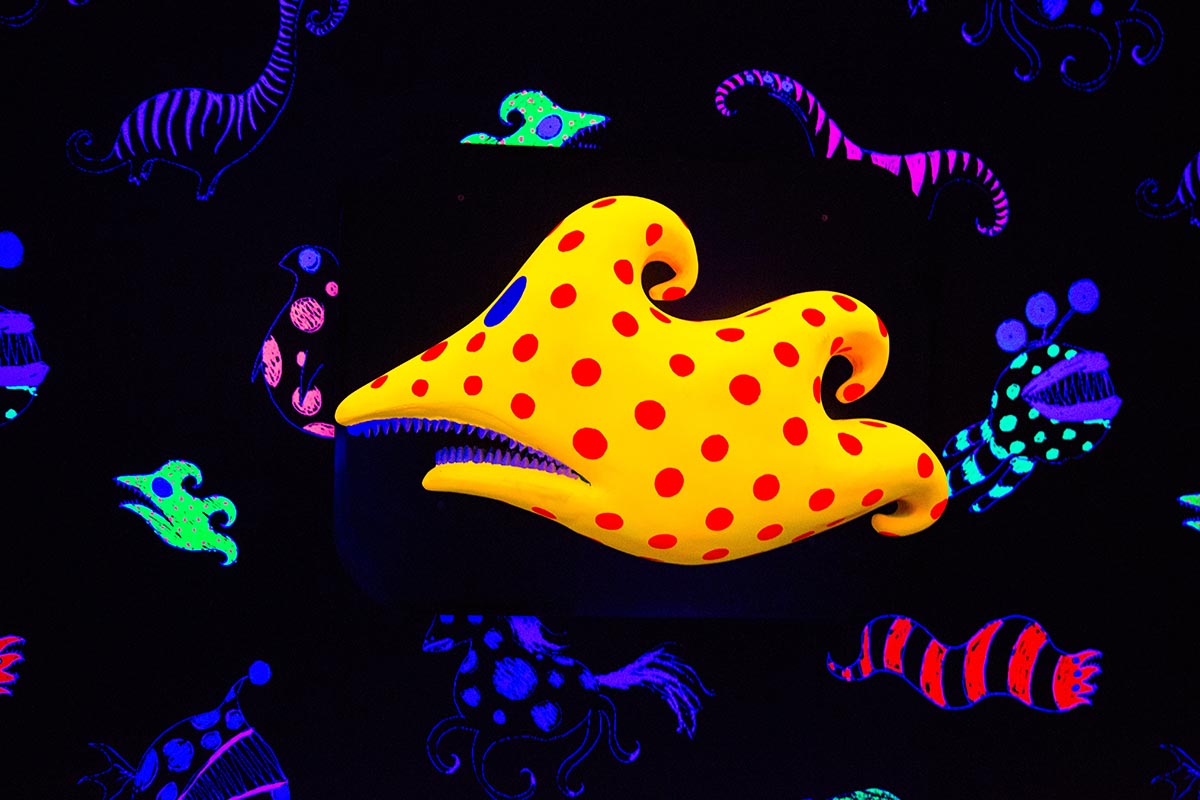
Animation is the art of bringing static images to life through the illusion of movement. It involves creating a series of frames or drawings. Each one will be slightly different from the one before it. You then rapidly display them in sequence to give the appearance of motion. This process has evolved from traditional hand-drawn animation to modern computer-generated imagery (CGI). In turn, this allows for endless creative possibilities.
One key element in animation is timing and spacing. It would be best if you determined how long each frame is displayed and how they transition into one another. This can greatly impact the overall effect and flow of an animation, making it a crucial aspect to master. Furthermore, it would be best if you understood principles like squash and stretch, anticipation, and follow-through. This helps create more dynamic and convincing movements that will captivate audiences.
They Have Different Purposes
Motion graphics are often used in textual information, data visualization, and branding. Its goal is to create dynamic and engaging visual content. These graphics convey complex concepts and enhance a project’s overall aesthetics. As you can imagine, this option can be highly effective in business and marketing. On the other hand, animation is more focused on storytelling and character-driven narratives. It brings illustrations or 3D models to life. It evokes emotions and captures the audience’s imagination in a way that static images can’t.
It’s vital to understand the distinct purposes of these two options. This can help creators leverage each form to achieve specific project goals. This may involve creating a compelling infographic for a presentation or crafting a captivating short film with memorable characters. By choosing the most suitable option, you can elevate the impact of your visual content across various platforms and mediums.
They Use Different Techniques
In terms of motion graphics and animation, the use of different techniques sets them apart as distinct art forms. Motion graphics often rely on typography, iconography, and graphical elements to communicate a message. Animation uses character design, storytelling, and frame-by-frame movement to create a narrative. Motion graphics can incorporate kinetic typography and visual effects to convey information in a dynamic way. Animation may focus more on creating immersive worlds or telling complex stories.
Moreover, the production processes involved diverge significantly. Motion graphics frequently involve vector-based software like Adobe After Effects or Cinema 4D. They’re designed to produce sleek designs and smooth transitions. Animation tends to utilize traditional hand-drawn techniques or 3D modeling software such as Autodesk Maya or Blender. These options are designed to assist with character-driven storytelling.
There Are Contrasting Methods Of Creation And Execution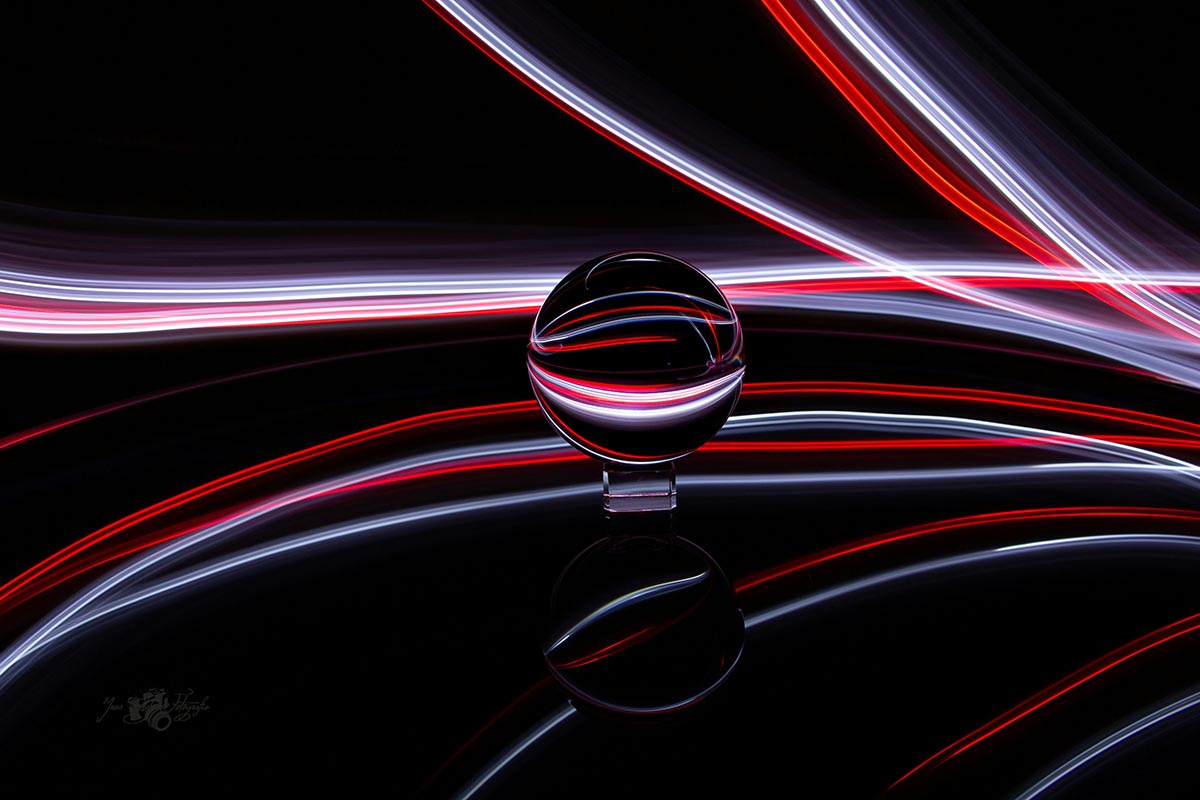
As we said, animation typically involves creating a series of individual frames to achieve movement and storytelling. This is often achieved through hand-drawn or computer-generated imagery. Motion graphics rely on graphic design principles combined with animated elements. This is ideal for conveying information in a visually compelling way.
The creation process for animation often involves meticulous planning and attention to detail in crafting each frame. Motion graphics may prioritize clean and concise design elements. There may also be an emphasis on typography and iconography. Animation execution usually demands complex rigging and character design for lifelike movement. Motion graphics focus on kinetic typography and seamless transitions between graphical elements.
They Use Different Tools
Why do motion graphics utilize programs like Adobe After Effects or Cinema 4D? They enable artists to manipulate text, shapes, and vector-based images. This way, they can convey a message more dynamically. On the other hand, animation may involve software such as Toon Boom or Autodesk Maya. These enable animators to bring characters and scenes to life through frame-by-frame drawing or 3D modeling.
These different tools not only shape the aesthetic of the final product, but They also influence the workflow of artists and animators. Motion graphics artists might focus on creating visually striking compositions. Their desire may be to enhance a brand’s storytelling. Animators may immerse themselves in character development and storyboarding techniques. Here, the objective is to evoke emotions in the audience.
Both motion graphics and animation are visual storytelling tools used in various media. As we have now discovered, they do have some key differences. These should be understood and harnessed so that professionals can choose the right medium for their specific needs and goals. Whether you’re a designer, marketer, or content creator, you can enhance your creative work – and effectively communicate your message to your audience.
